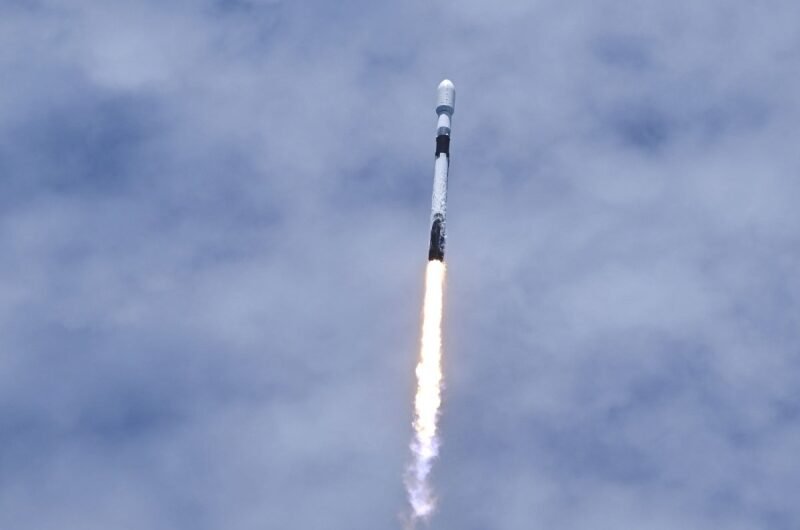NASA’s James Webb Space Telescope is offering scientists an unparalleled view of the universe, unveiling details about black hole mergers, protoplanetary disks, and much more. It also holds the potential to help astronomers determine the rate at which the universe is expanding, a measurement that has long eluded precise determination. A new study aims to harness Webb’s data to measure this rate, known as the Hubble constant, more accurately than ever before, potentially resolving the longstanding “Hubble tension” problem.
The universe’s expansion has been known since 1929 when astronomer Edwin Hubble discovered that distant objects are moving away from us faster than closer ones. Since then, calculating the exact rate of this expansion has been a challenge, with significant implications for understanding the age and evolution of the universe. While the numbers calculated so far may seem close, the differences have profound astronomical consequences when applied across billions of light-years.
A team led by University of Chicago cosmologist Wendy Freedman has analyzed data from the James Webb Space Telescope, focusing on 10 nearby galaxies. The goal was to use Webb’s detailed observations to obtain a more accurate measurement of the Hubble constant, potentially resolving the discrepancies, or “tension,” between different methods of determining this rate. For example, measurements based on the cosmic microwave background—the residual electromagnetic radiation from the Big Bang—suggest a Hubble constant of 67.4 kilometers per second per megaparsec. In contrast, analyses of nearby galaxies using brightness estimates of known objects suggest a higher rate of about 74 kilometers per second per megaparsec.
Freedman’s team employed three distinct methods to determine the Hubble constant from the selected galaxies. First, they measured the distance to Cepheid variable stars, which exhibit predictable variations in brightness. They then used the “tip of the red-giant branch” (TRGB) method, which is based on the maximum luminosity of red giant stars. Finally, they examined Webb’s data for carbon stars, which emit consistent near-infrared light in terms of color and brightness. Remarkably, all three methods produced the same expansion rate: 70 kilometers per second per megaparsec.
Freedman noted that the consistency across these different types of stars strongly suggests the team is on the right path. This result is within the margin of error for the cosmic microwave background calculation, indicating that the previously higher figures might have been influenced by less precise data. Webb’s advanced infrared capabilities appear to offer more accurate measurements.
While the Hubble tension is not entirely resolved, the findings mark a significant step forward. The study has been submitted to the Astrophysical Journal and is currently available on the preprint arXiv server. Future observations with Webb and other next-generation telescopes will be vital in confirming the Hubble constant and potentially resolving the tension once and for all.
Topics #Earth #galaxy #James Webb Space #NASA #news #PLANET #scientists #solar system #space #Space Agency #Universe











